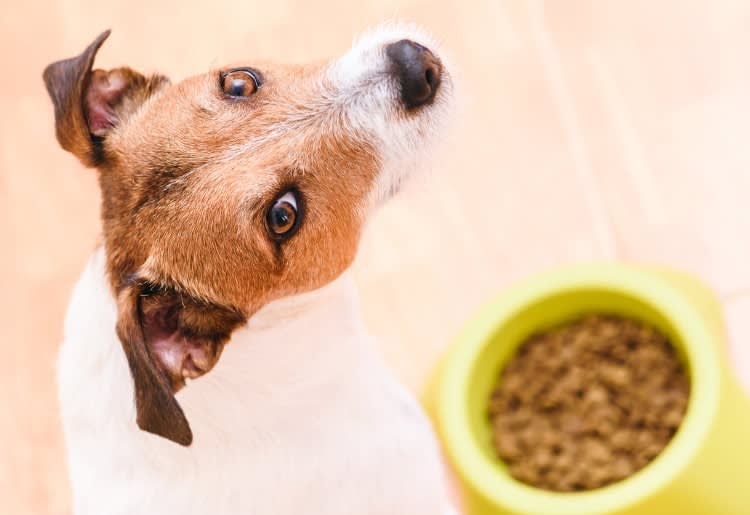It’s no surprise that dogs are the pet of choice for Americans. According to a study by Statista, there were approximately 89.7 million dogs in the US in 2017.
But what is a surprise, at least to many potential or new dog owners, is the cost of owning a dog. Even top dog breeds like lab retrievers, bulldogs, and beagles, which are relatively lower-maintenance, will require a significant investment of money and time throughout their lives. Expenses can range from dog food and grooming to training and veterinary care.
If you’re seeking a dog or puppy for adoption, consider how much time and attention you have, and if a lower maintenance (or cheaper) pet may be for you. Adopting a dog is a big decision, so make sure you are ready for the challenge and know what to expect. The initial costs of adopting a dog might be minimal, but it's also worth thinking long-term so you can plan on how much you might spend once that pup you fostered turns into a lively pooch.
Every dog breed has its own needs, and they’re important to consider when deciding on whether to get a dog or not.
Below, we’ll look at the top 10 dog breeds in the US and breakdown the expenses you can expect to pay:
- Labrador Retriever
- German Shepherd
- Golden Retriever
- French Bulldog
- Bulldog
- Beagle
- Poodle
- Rottweiler
- German Shorthaired Pointer
- Yorkshire Terrier
How Much Does a Dog Cost?
Before we get to the top dog breeds, we’ll look at some general costs that every dog owner should expect to pay. Of course these are estimates, as every dog is different. But according to the American Kennel Club, this is how much owning a dog would cost over the entirety of its lifetime:
- Small dog: $15,051
- Medium dog: $15,782
- Large dog: $14,480
We looked at figures from sites like the American Kennel Club, Reader’s Digest, Petfinder, and Petsmart to create a general list of expenses every dog owner should expect to pay. The amounts can vary dramatically based on breed, size, temperament, and medical costs. Nonetheless, here are some expenses every potential dog owner should take into consideration:

The Top Dog Breeds in the US
Without further ado, here’s a list of the top dog breeds in America. If you’re interested in adopting one of these much-sought breeds, it’s worth considering their size, food intake, grooming needs, and potential health risks so that you can make sure you can afford to give your new best friend all the care they deserve.
1. Labrador Retriever
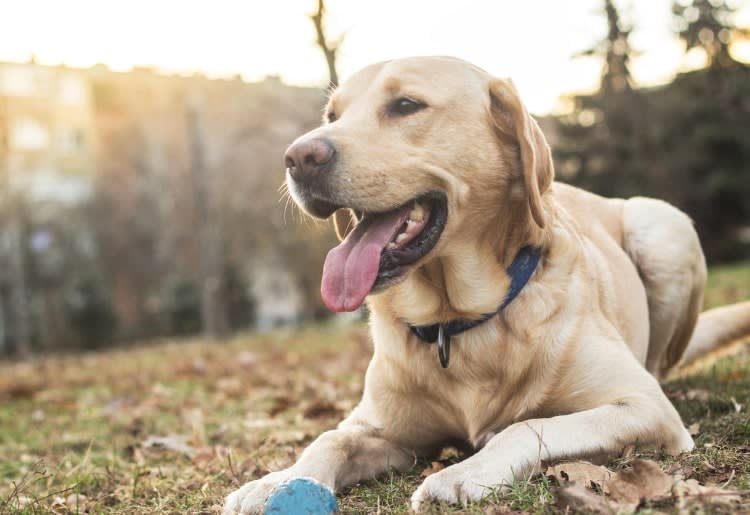
The most popular breed in the US, Labrador Retrievers are also relatively low maintenance dogs. They have fewer health predispositions than average, and are less prone to cause damage than other dogs. That said, their size means they require more space and more food.
- Size: Large
- Food consumption: 2 ½ - 3 ½ cups
- Grooming: Routine
- Potential medical problems: Bloat, Hip and elbow dysplasia
- Life expectancy: 10-12 years
2. German Shepherd
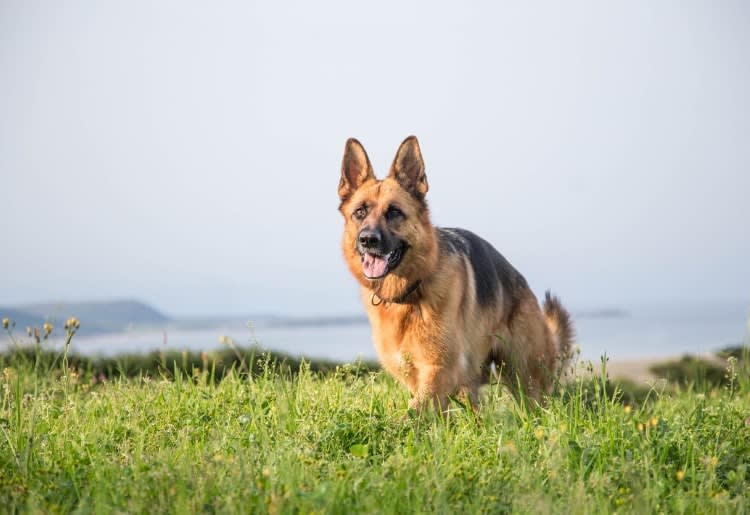
Famous for serving as police dogs, the German Shepherd is loyal and known for its discipline and ability to follow commands. This means that you may spend less on long-term training than other dogs. That said, their energy and prey drive means you will have to invest in professional training in the early years. And since German Shepherds are large dogs, they will cost more to feed, board, and groom.
- Size: Large
- Food consumption: 2 ½ - 4 cups
- Grooming: Routine
- Potential medical problems: Hip dysplasia, Knee/spine osteochondroses
- Life expectancy: 7-10 years
3. Golden Retriever

There’s a reason Golden Retrievers are one of America’s favorite dogs: they’re playful, energetic, and devoted to their owners. Goldens are easy to train, which means you won’t need to budget exuberant amounts on obedience. However, they’re large dogs who eat and shed a lot, meaning you’ll spend more on food and grooming than other breeds. Golden retrievers are also known to be healthy dogs, though they’ll likely need to be screened occasionally for hip and elbow issues and cardiac issues, which Goldens are likely to develop as they age.
- Size: Large
- Food consumption: 2 ½ - 3 ½ cups
- Grooming: Routine
- Potential medical problems: Hip dysplasia, Cataracts
- Life expectancy: 10-12 years
4. French Bulldog
-min.20200224141249.jpg)
One of the top dog breeds especially for city owners, French Bulldogs are smaller in size, adaptable, and clean. They may need more training early on than other breeds since they can be feisty as puppies. These cute dogs are on the smaller side, and therefore cost less to feed and require smaller crates and beds. But they’re likely to run into joint problems and, as a brachycephalic dog—a medical term for dogs with flat snouts—are prone to breathing conditions that may require costly surgeries.
- Size: Small
- Food consumption: 1 ⅓ - 2 cups
- Grooming: Routine
- Potential medical problems: Brachycephalic respiratory syndrome
- Life expectancy: 10-12 years
5. Bulldog
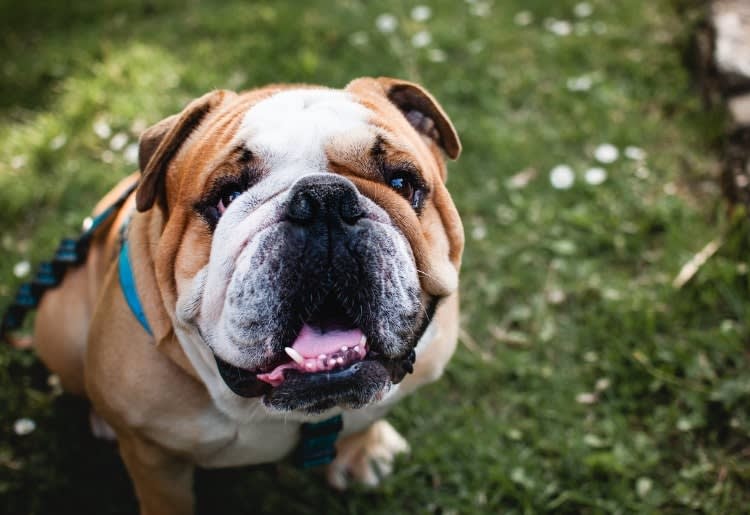
One of the most recognizable breeds out there, bulldogs are beloved for their squat, stoic demeanor. Their size makes them an affordable option for city owners, though they can grow up to 50 pounds and therefore eat more food than you may think. Bulldogs shed regularly but not excessively and don’t require specialized grooming.
- Size: Small to medium
- Food consumption: 2 - 3 cups
- Grooming: Routine
- Potential medical problems: Brachycephalic respiratory syndrome
- Life expectancy: 8-10 years
6. Beagle
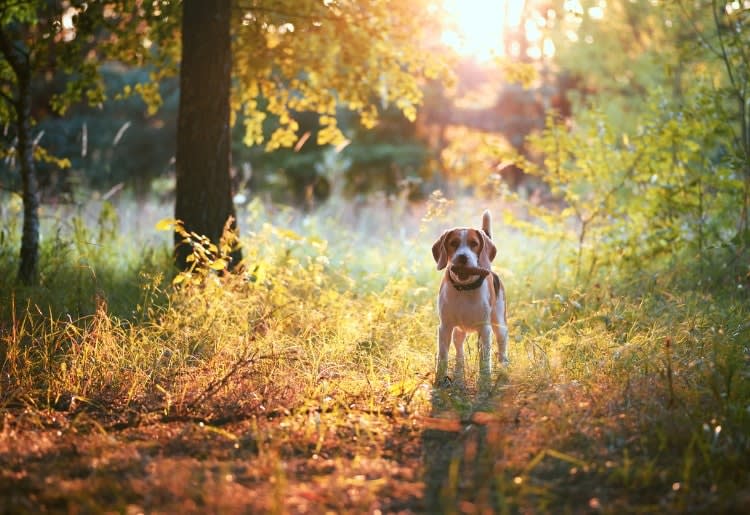
The Beagle is a perfect family dog—cute, cuddly, and energetic. They’re trainable and adaptable, meaning owners won’t need to spend on professional or specialty training. Those iconic ears do, however, come with a price—they’ll need to be checked and cleaned regularly. Beagles are also prone to hip problems and luxating patellas as they age.
- Size: Medium
- Food consumption: 1 ½ - 2 cups
- Grooming: Routine
- Potential medical problems: Cherry eye, Hypothyroidism
- Life expectancy: 10-15 years
7. Poodle
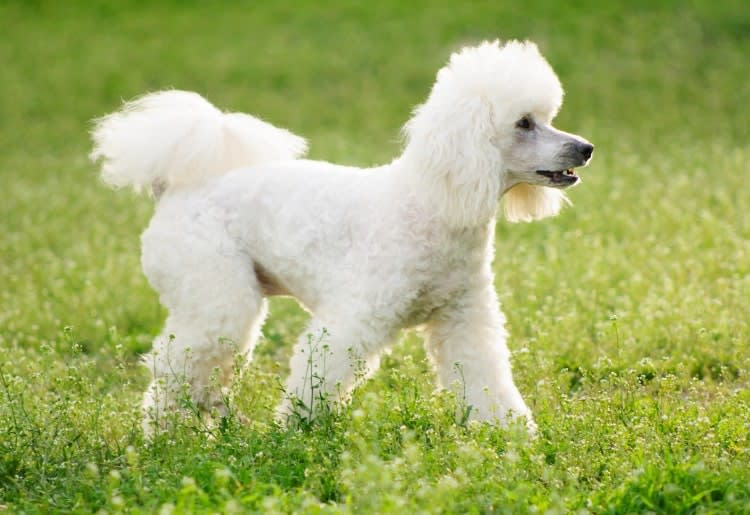
The poodle is associated with aristocracy—and for good reason. Poodles are immediately recognizable for their curly hair, which is constantly growing. Without professional grooming, a poodle’s hair is prone to excessive matting and dander, which could further lead to skin infections. Poodles max out at around 50 pounds so they don’t require excessive amounts of food. They’re also easily trained. So, it’s the grooming that will set your checkbook back if you opt for one of these regal pups.
- Size: Toy, small, or medium
- Food consumption: 1 ⅓ - 3 ⅓ cups
- Grooming: Professional/specialty
- Potential medical problems: Addison’s disease, Gastric dilatation volvulus
- Life expectancy: 10-18 years
8. Rottweiler
-min.20200224141348.jpg)
These big, muscular, dogs are one of the most expensive to own in terms of medical costs. This is due to high probabilities of developing hip problems, heart conditions, and cancer, which is slightly more frequent in Rottweilers than other dog breeds. They’re big-eaters, energetic, and require discipline. Nonetheless, Rottweilers are beautiful, loyal dogs that are worth the effort if you have the time and money to invest in proper care.
- Size: Large
- Food consumption: 4 ½ - 5 cups
- Grooming: Routine
- Potential medical problems: Hip dysplasia, Subaortic stenosis (heart disease)
- Life expectancy: 9-10 years
9. German Shorthaired Pointer
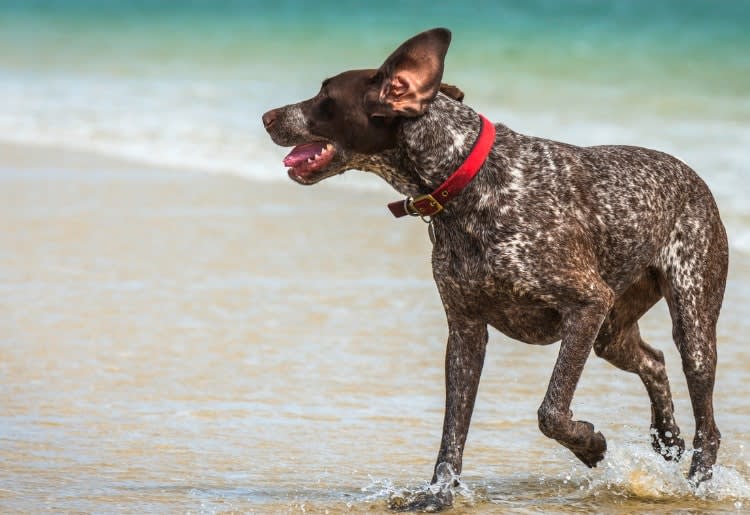
The German Shorthaired Pointer is an energetic medium-sized dog that requires plenty of attention and training. According to the American Kennel Club, training in the first 3 years is critical, so potential owners should be ready to dedicate time and money to the task. They’re easy to groom, however, and won’t require much in the way of professional grooming, though they will require routine nail trimming. German Shorthaired Pointers are prone to some health issues, such as hip dysplasia and heart diseases, so they’ll require hip and elbow evaluations as well as cardiac exams and may require expensive vet treatments as they age.
- Size: Medium-large
- Food consumption: 2 ½ - 3 cups
- Grooming: Routine
- Potential medical problems: Subaortic stenosis (heart disease), Bloat
- Life expectancy: 10-12 years
10. Yorkshire Terrier
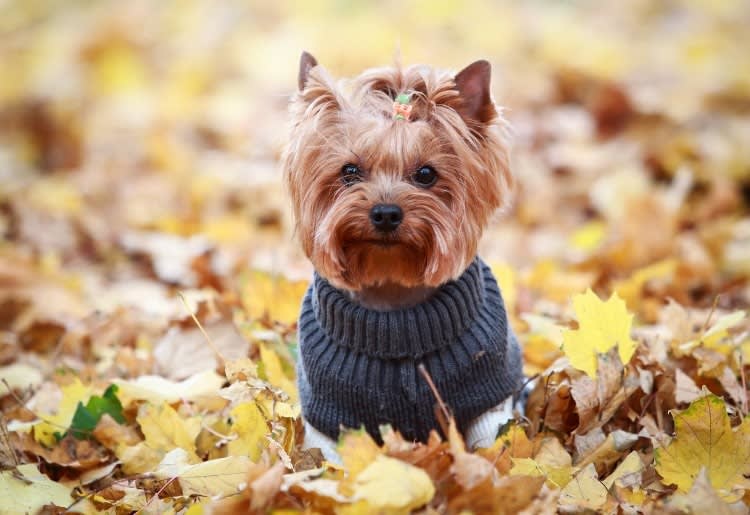
These toy-sized dogs may not cost a lot to feed, but keeping that lavish, silky coat of hair in top shape may make up for the low costs in diet. They require daily brushing and professional grooming services, as well as routine ear checkups to prevent infections. On the plus side, Yorkshire Terriers are generally known for their health, though owners will likely have to invest in patella evaluations since this breed is prone to experience dislocated kneecaps.
- Size: Toy
- Food consumption: ⅓ - 1 cup
- Grooming: Professional/specialty
- Potential medical problems: Luxating patella, Collapsing trachea
- Life expectancy: 11-15 years
Your Dog Is Your Friend for Life
A dog isn’t something that should be bought on a whim—they require time, energy, and money to pay for food and care. That being said, owning a dog is one of the greatest pleasures a person can know, which is why so many Americans dedicate their money and time to their four-legged friends. Those who are interested in buying or adopting a dog and want to be responsible about spending may also want to look into the best pet adoption services. Either way, here’s to enjoying every walk, run, and cuddle you share with your pooch!
